
Gemstones. Despite their small size, the artistic value of these jewels can easily rival that of monumental sculptures, reliefs or bronzes. Although the most exquisite gems were once carved out of precious stones, such as amethysts or sapphires, semi-precious stones were used more often – be it carnelian, agate or jaspis. The history of hardstone carving started 5000 years ago in Mesopotamia, but glyptic art was emulated and enriched by the ancient Romans and Greeks.
Gems were considered valuable goods – they were set in rings as portable seals to validate documents before signatures replaced wax. They slowly acquired the status of luxury goods and reflected their owners’ beliefs and class identity. Basically, gems can be divided into two kinds: cameos with sunk reliefs, and intaglios with raised ones. A certain Polish prince became fascinated with the latter kind, and the scandal his collection caused rocked Europe.
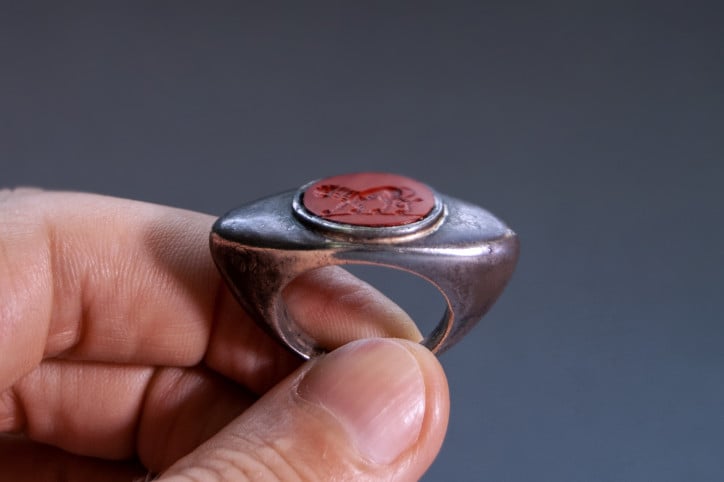
Prince Stanisław Poniatowski was the son of Kazimierz Poniatowski – chamberlain at the court of King Stanisław II Augustus (and the king’s nephew). His father provided him with a careful upbringing and enrolled him in the modern Warsaw school founded by the Italian Theatines, who were known for educating the offspring of wealthy nobility. In order to acquire taste and experience, the monarch’s young pupil undertook a few longer voyages across Europe, following the popular Grand Tour tradition. However, it was the prince’s year-long stay in Italy that greatly influenced his personal development, since it awoke in him a passion for collecting that later made him famous.
The turn of the 18th century witnessed a true collecting frenzy among European nobility – especially when it came to antiquities. Johann Joachim Winckelmann’s work on the reception of ancient Greek art was groundbreaking. Its publication in 1755 and the archaeological excavations in Pompeii, Stabiae and Herculaneum gave rise to a phenomenon nowadays known as antiquomania, which lasted throughout the 19th century. Its most famous Polish symptom was the collection of the Czartoryski family, made partly available to the public by princess Izabela alongside the patriotic memorabilia exhibited in the Temple of the Sybil in Puławy.
Antiquomania also had its dark sides – wealthy nobles succumbed to the rage of the day and often became victims of forgers, who took advantage of the shopping craze and sold them completely useless objects. Thanks to a letter written from Rome by August Moszyński, the art advisor of King Stanisław, we know that the nephew of the Polish monarch suffered the same misfortune. However, getting swindled did not hamper the young aristocrat’s enthusiasm for collecting.
During his extensive journeys, Stanisław Poniatowski built a collection of various artefacts that became renowned throughout Europe. However, only the gemstones in his possession brought him true fame, since his gem collection was one of the largest in the world. Moreover, it had been founded in the wake of the glyptic craze that engulfed Europe at the turn of the 18th century.
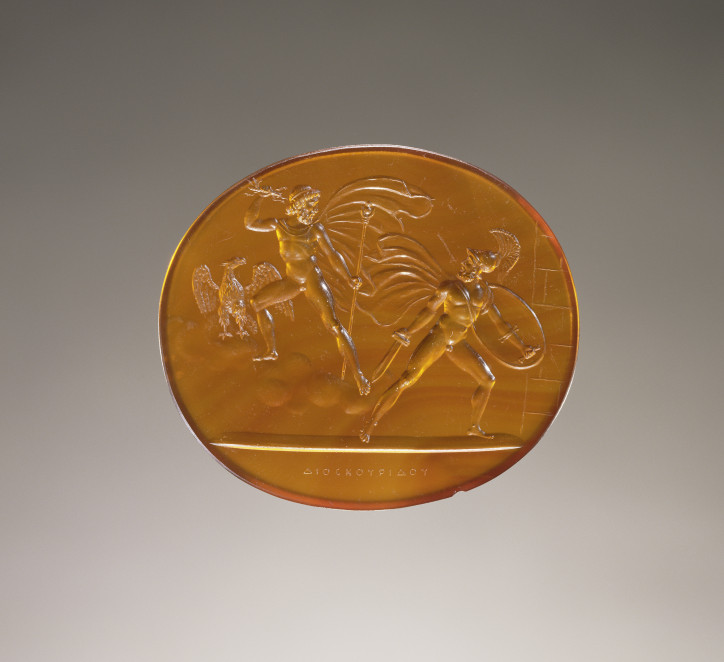
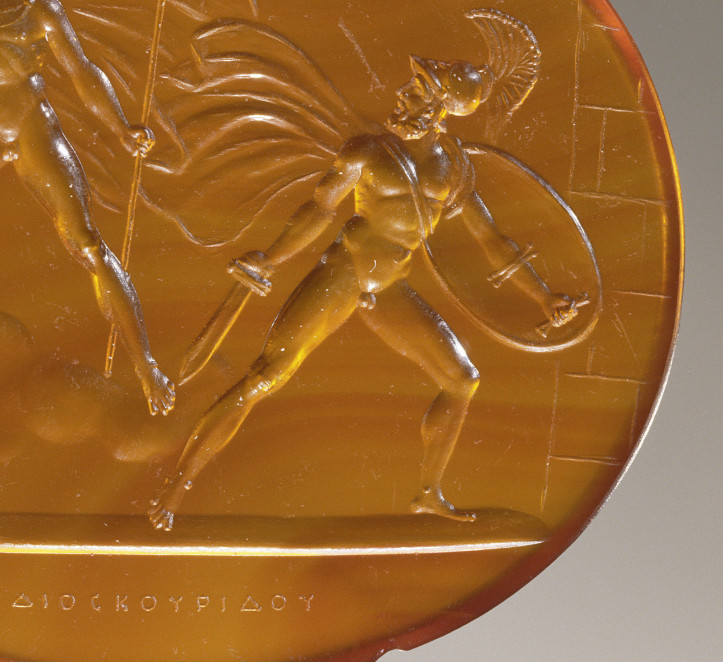
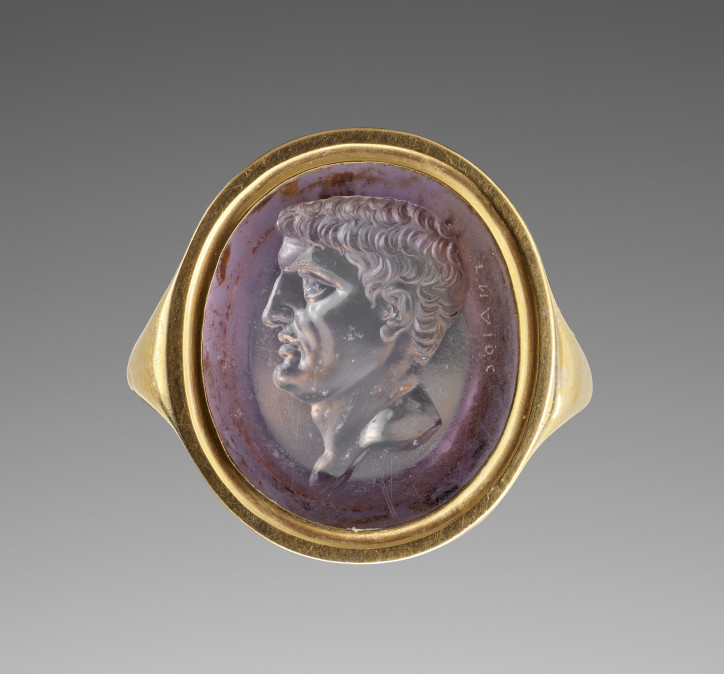
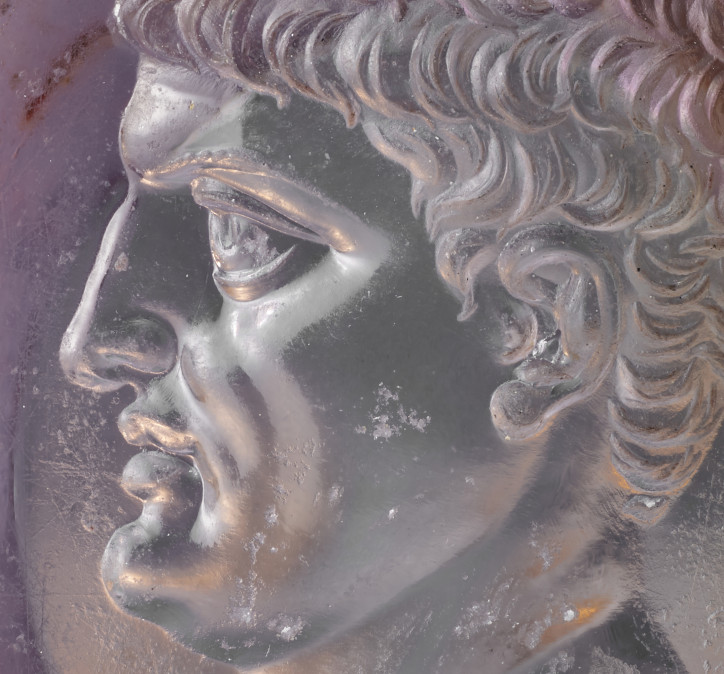
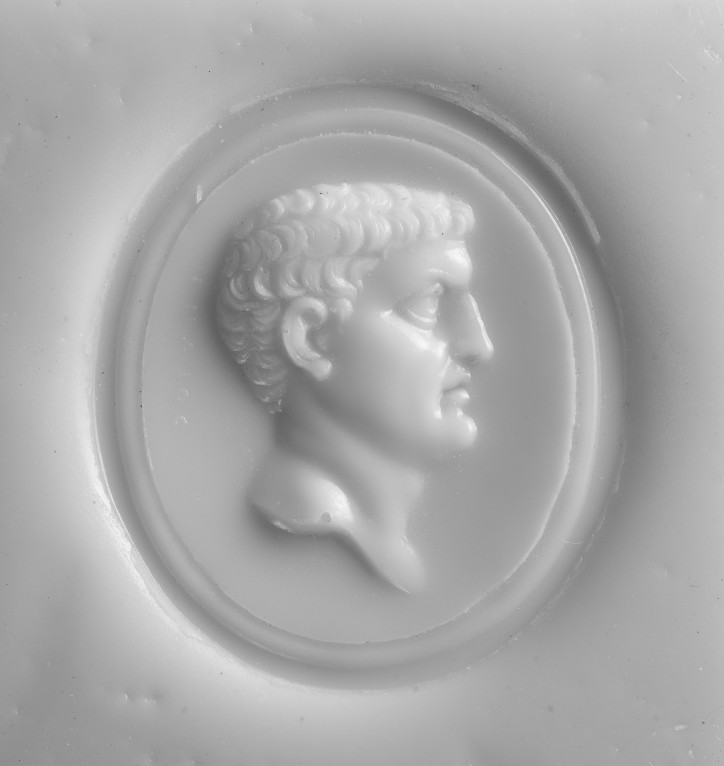
Poniatowski succumbed to the gem trend very early and started collecting intagliated stones during his first trip to Italy, gathering more and more jewels with every voyage. His collection developed tremendously after he moved to Rome, then Florence, right before the end of the century. At the height of his success, the prince had more than 2600 specimens in his possession, of which 1700 were gemstones allegedly signed by ancient cutting masters. The first-class jewels held in Poniatowski’s collection were decorated with unknown motifs from Ovid’s Metamorphoses, the Iliad and the Odyssey. Such stones were incredibly rare in those times, hence the legendary status of the collection. However, its owner jealously guarded his prized possessions and rarely showed them to others. He decided to present the collection right before his death and even published a special catalogue in 1831, containing information about all the gemstones.
Trouble is, Poniatowski’s gemstones were forged.
This was discovered after the prince’s death in 1833. The German archaeologist Ernst Heinrich Toelken, who worked on the glyptic collection at the Berlin Museum, noticed the unusually high artistic level of the prince’s stones. He became suspicious of their immaculate state – the supposedly ancient stones were perfectly preserved and even carved in the same style. And yet the catalogue described them as masterpieces cut by various ancient artisans. Moreover, many gemstones resembled the renowned pieces of Anthony Canova, who had died a dozen years earlier.
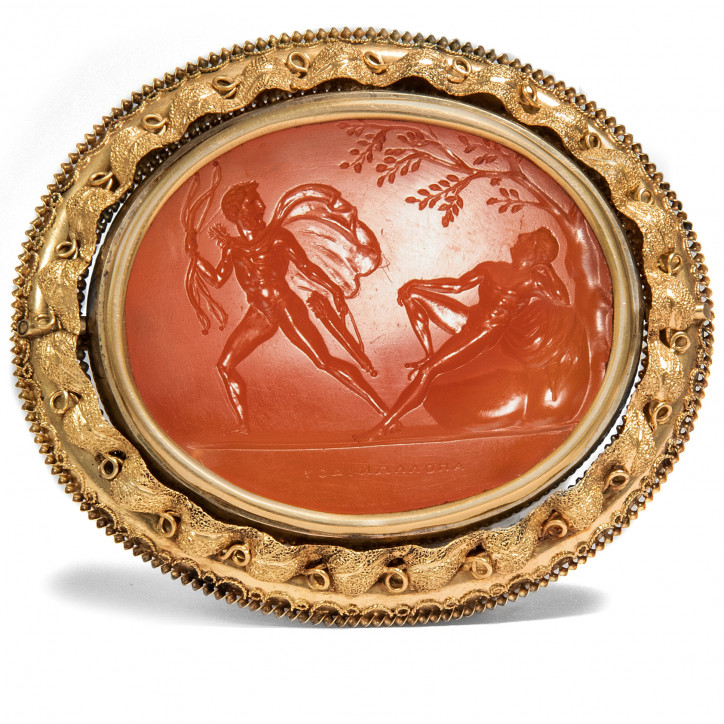

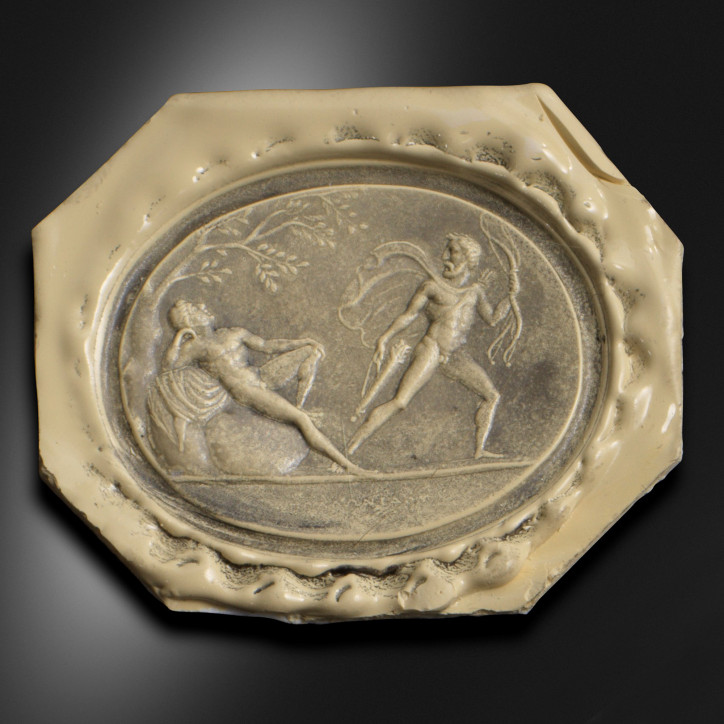
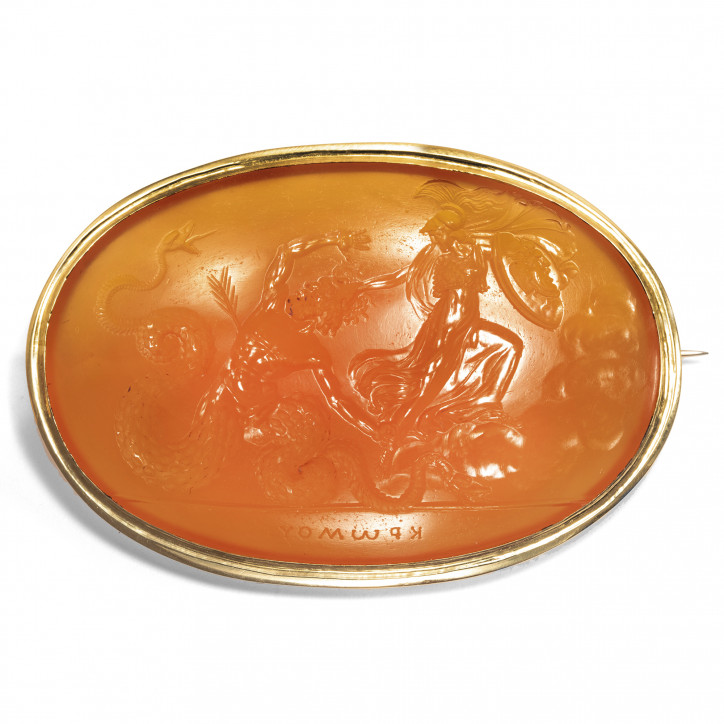

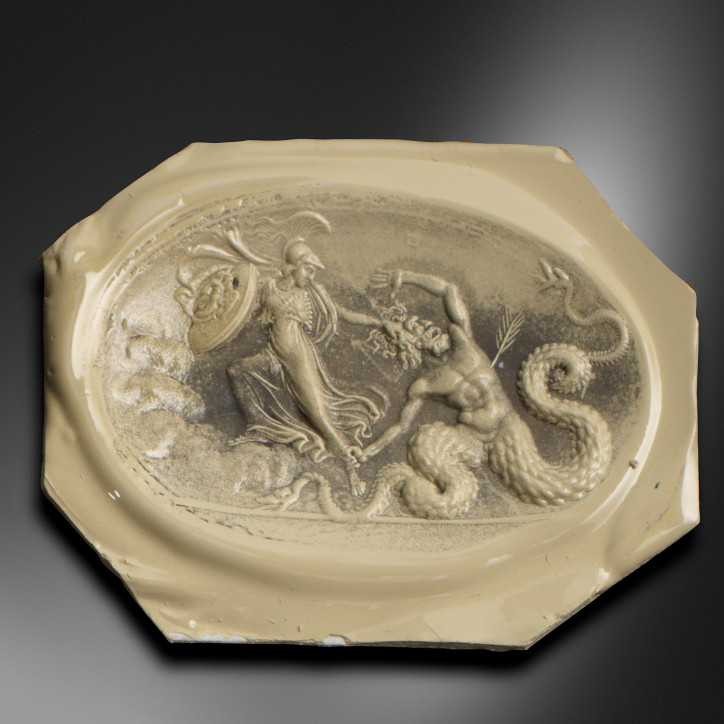
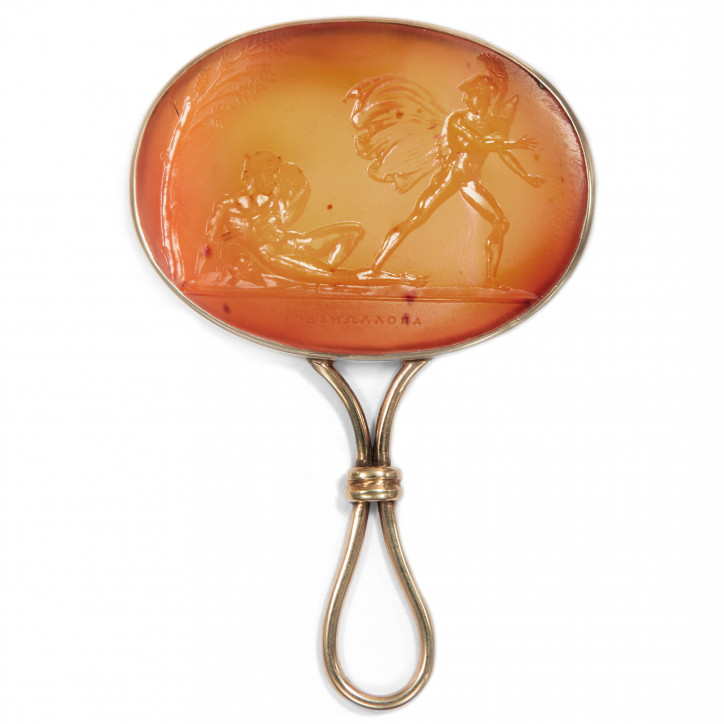
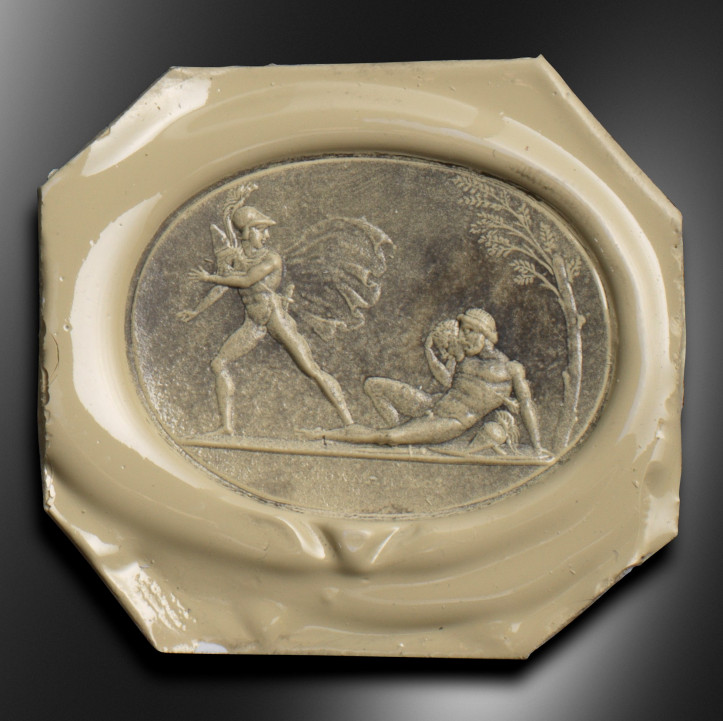
Toelken took the opportunity to study approximately 419 pieces from Stanisław’s collection. During his analysis, he concluded that only two or three stones may have had an ancient provenance, while the rest had been manufactured by contemporary artists. The German researcher’s discovery led to a scandal that shook the very foundations of the European art world. News of his critique, published in the Peterborough Weekly, circulated in Poland as well.
The widespread indignation among archaeologists did not stop the 2639-stone strong collection from being auctioned at Christie’s in April 1839. The auction led to the artefacts’ dispersal, since most of them were acquired by many different buyers, then sold on to others. The new owners, fearing financial loss, continued to claim their pieces were authentic. This led to a widespread polemic in the press, with two factions fighting over the authenticity of the collection.
Nevertheless, after years of sharp discussion it was concluded that Poniatowski’s collection had been almost entirely composed of gemstones carved by his contemporaries. Still, most of the jewels were masterpieces cut by the finest artists of his times. Unfortunately, remnants of the collection disappeared without a trace in the 19th century, which is not surprising, considering collectors refused to admit sticky ownership after the truth was discovered.
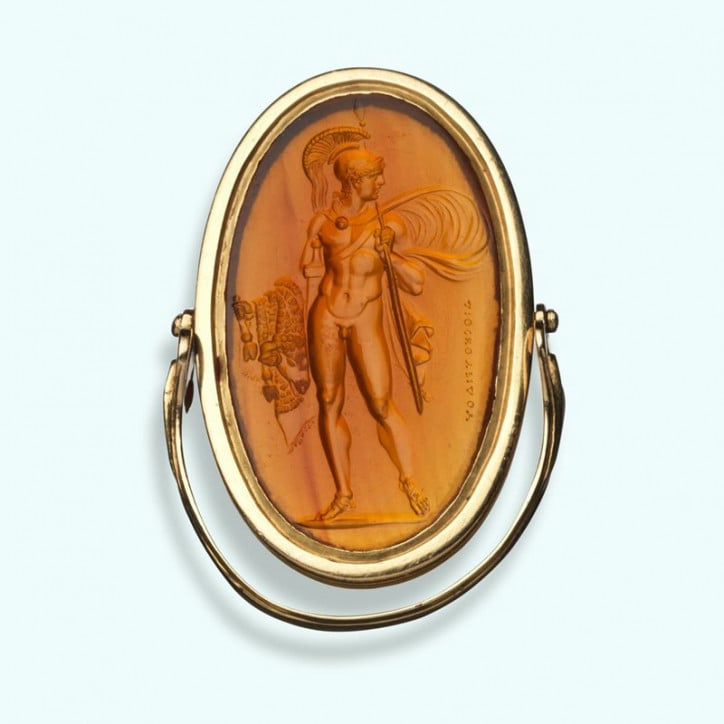

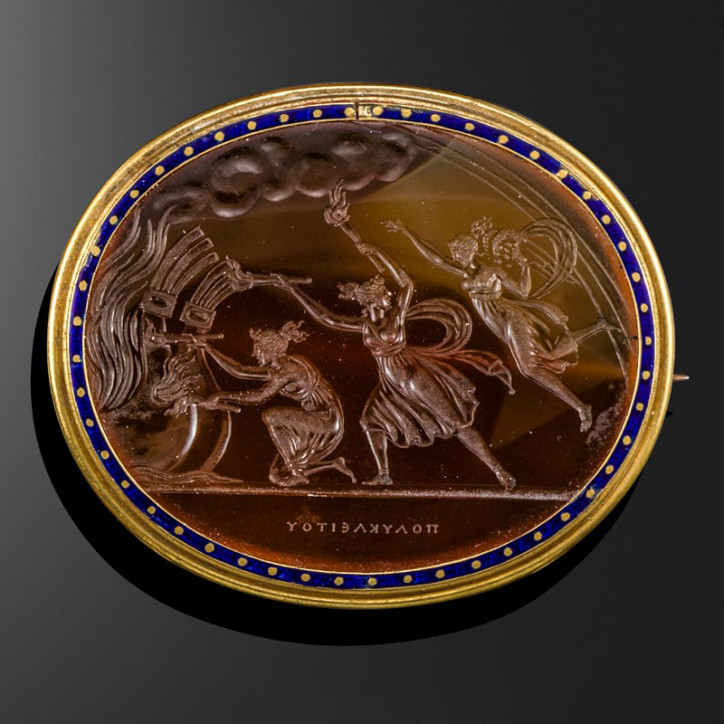
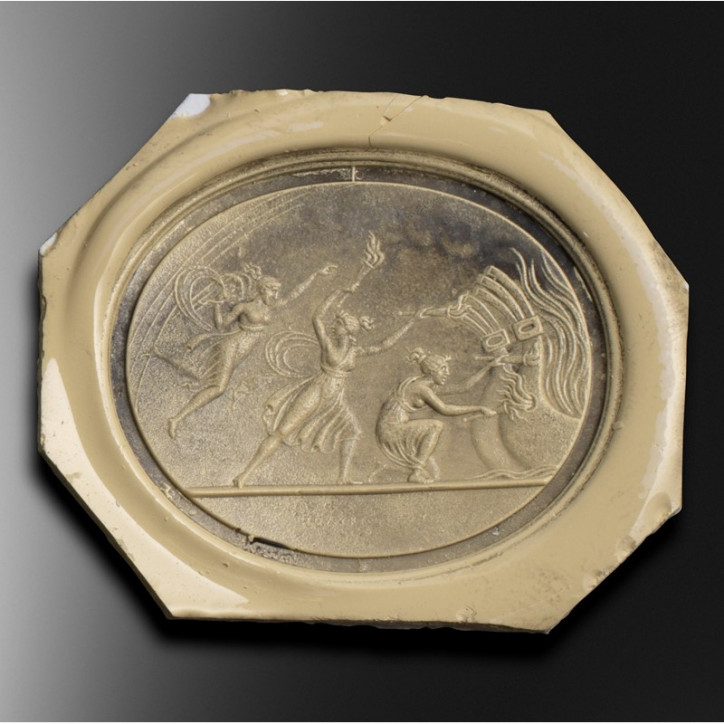
The controversy overshadowed the radiance of Poniatowski’s gemstones, but their artistic value should be acknowledged all the same. The prince personally selected from ancient poetry the intriguing motifs that the gems were decorated with. He commissioned works from the best of the best, most probably to satisfy his personal ambitions – he longed to be recognized as a great patron of art and the owner of a collection that surpassed all expectations. However, by commissioning these ‘forgeries’, he developed the most extraordinary classical glyptic collection that ever existed.
Translated from the Polish by Joanna Piechura












